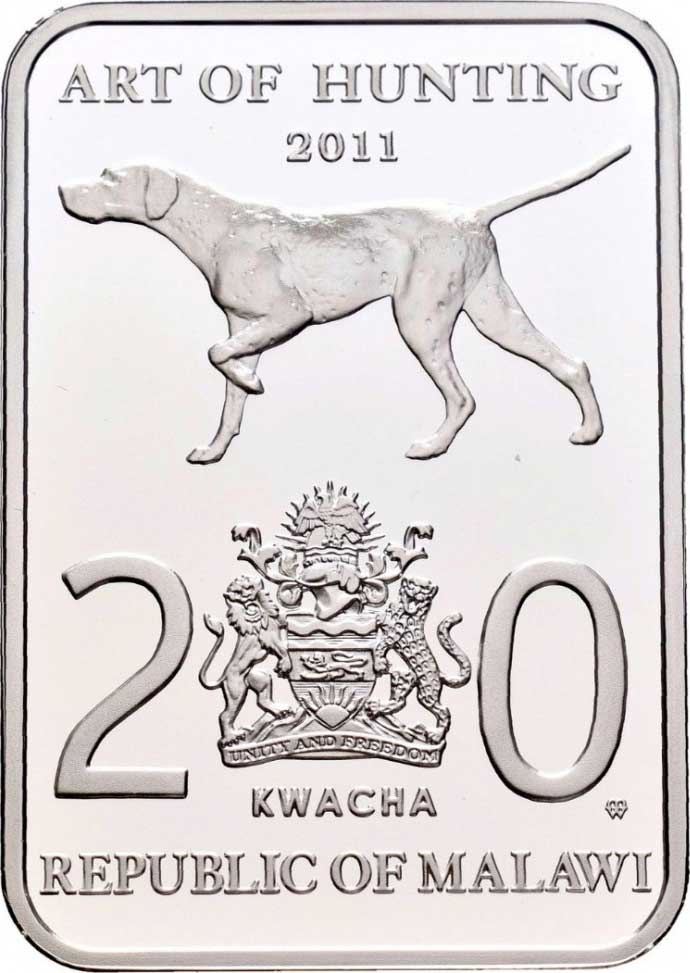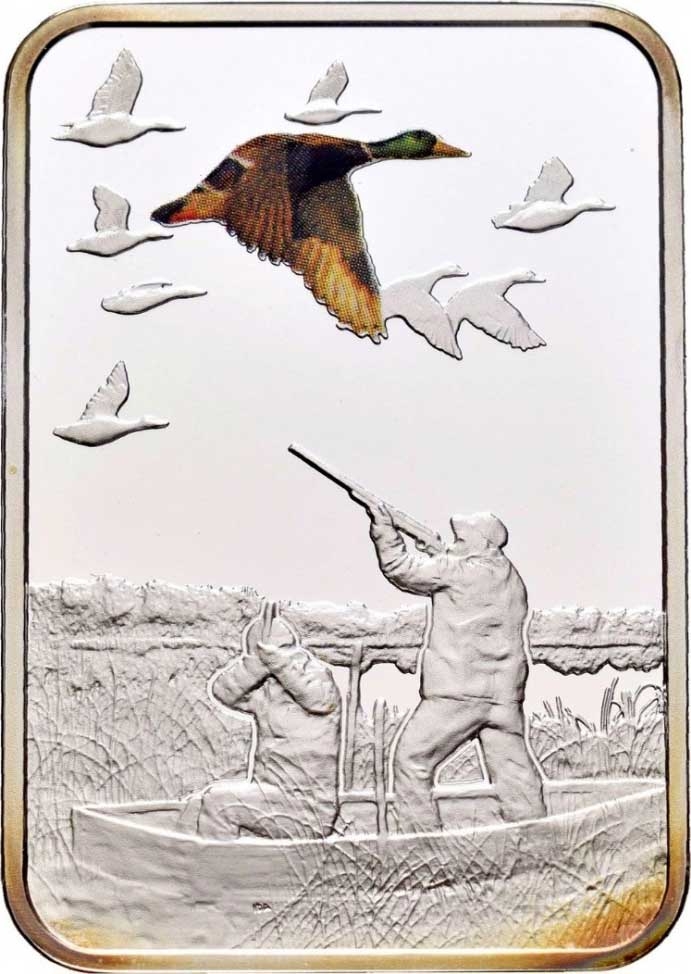You are about to finish your registration. Please check your mailbox (including spam folder). There should be a letter with a confirmation link. Check setting to make sure that your e-mail address is correct.
Send letter againDescription
The Mint of Poland introduced the "Art of Hunting" collector coin series, showcasing traditional hunting scenes from different regions around the globe.
Waterfowl hunting, practiced for sport and meat, involves hunting ducks, geese, and shorebirds in fields or near bodies of water like rivers, lakes, and wetlands. With a long history dating back to prehistoric times, modern waterfowl hunting emerged in the 17th century with the use of firearms and evolved with innovations like shotguns and decoys. Commonly hunted species include mallards, Canada geese, and pintails, among others. Regulations aim to ensure ethical practices, requiring permits and safety courses, while prohibiting the use of lead shot and certain hunting methods. Conservation efforts are vital as wetlands, key habitats for migratory birds, continue to diminish.
Obverse

|
Depicts the coat of arms of Malawi dividing denomination, country name below, the series title "Art of Hunting" above with date and Pointer (dog breed) in a hunting position. The mint's mark (m/w) right below. ART OF HUNTING |
|---|---|
Reverse

|
Depicts two hunters in a boat each one holding a hunting rifle, and a group of mallard ducks in flight at the top, the largest of them is featured in the pad printing technique and colored. In the background the landscape of a pond. |
| Edge |
20 Kwacha
Republic
Art of Hunting
Duck Hunting
Subscribe series
KM# 211 Schön# 207
Art of Hunting
Duck Hunting
Characteristics
| Type | Commemorative Issue (Non-circulating) |
| Material | Silver |
| Fineness | 0.925 |
| Weight | 28.28 g |
| Diameter | - |
| Width | 28 mm |
| Height | 40 mm |
| Thickness | - |
| Shape |
|
| Alignment | Medal |
| Mint |
Mint of Poland
|



